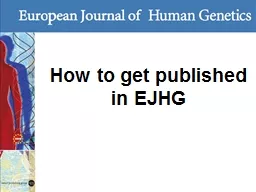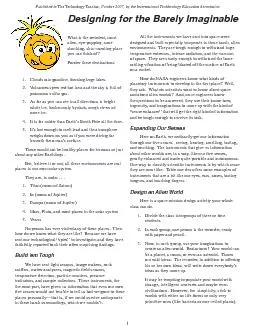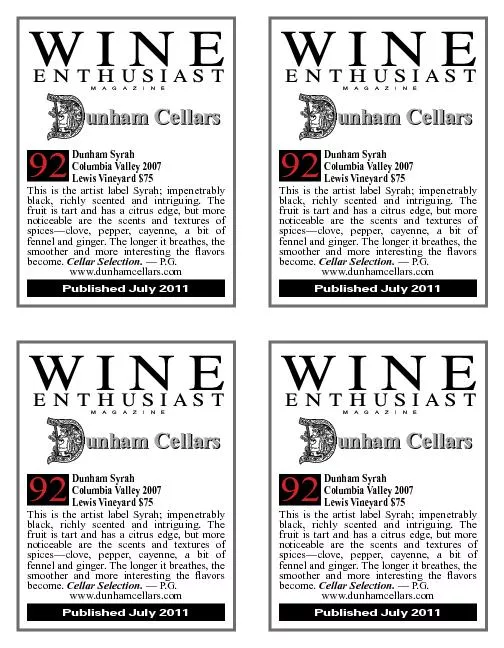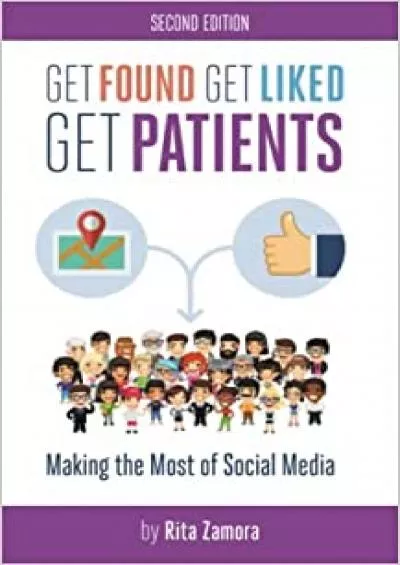PPT-How to get published in EJHG
Author : kaptainpositive | Published Date : 2020-06-16
EJHG key metrics 2015 IF 4349 2014 4225 No 36 167 in Genetics and Heredity No 70 289 in Biochemistry and Mol Biology Submission to 1 st answer 27 days 2014
Presentation Embed Code
Download Presentation
Download Presentation The PPT/PDF document "How to get published in EJHG" is the property of its rightful owner. Permission is granted to download and print the materials on this website for personal, non-commercial use only, and to display it on your personal computer provided you do not modify the materials and that you retain all copyright notices contained in the materials. By downloading content from our website, you accept the terms of this agreement.
How to get published in EJHG: Transcript
Download Rules Of Document
"How to get published in EJHG"The content belongs to its owner. You may download and print it for personal use, without modification, and keep all copyright notices. By downloading, you agree to these terms.
Related Documents








![[EBOOK] - Get In, Get Connected, Get Hired: Lessons from an MBA Insider](https://thumbs.docslides.com/903163/ebook-get-in-get-connected-get-hired-lessons-from-an-mba-insider.jpg)
![[EBOOK] - The New College Guide: How To Get In, Get Out, & Get A Job](https://thumbs.docslides.com/906586/ebook-the-new-college-guide-how-to-get-in-get-out-get-a-job.jpg)
![[EBOOK] - Get In, Get Connected, Get Hired: Lessons from an MBA Insider](https://thumbs.docslides.com/907059/ebook-get-in-get-connected-get-hired-lessons-from-an-mba-insider-61c2a65d37546.jpg)


